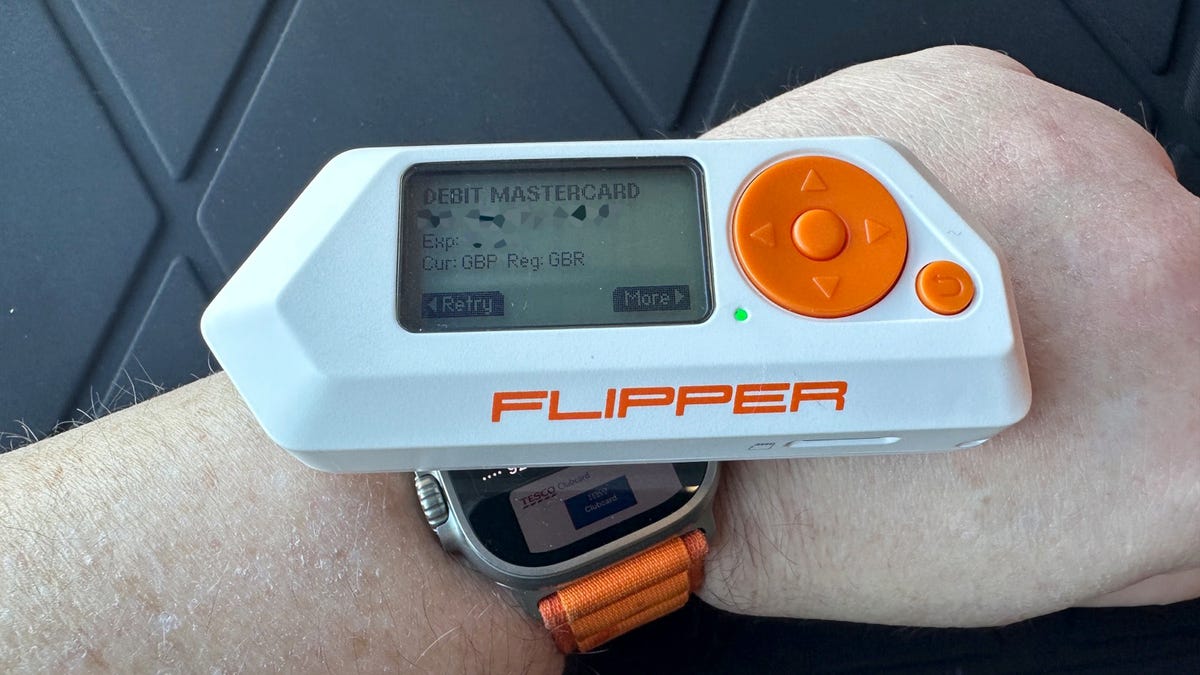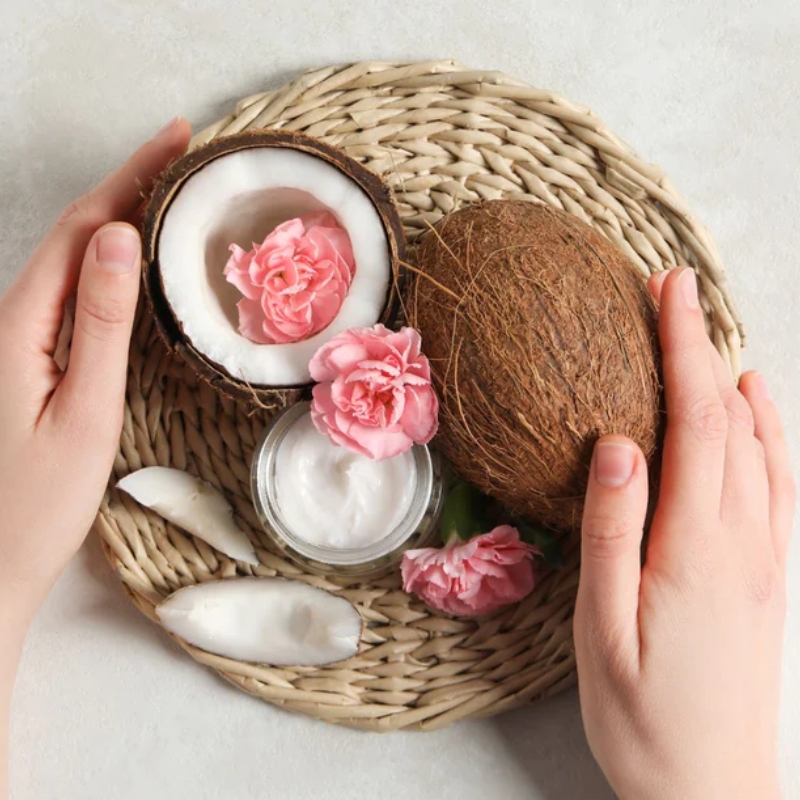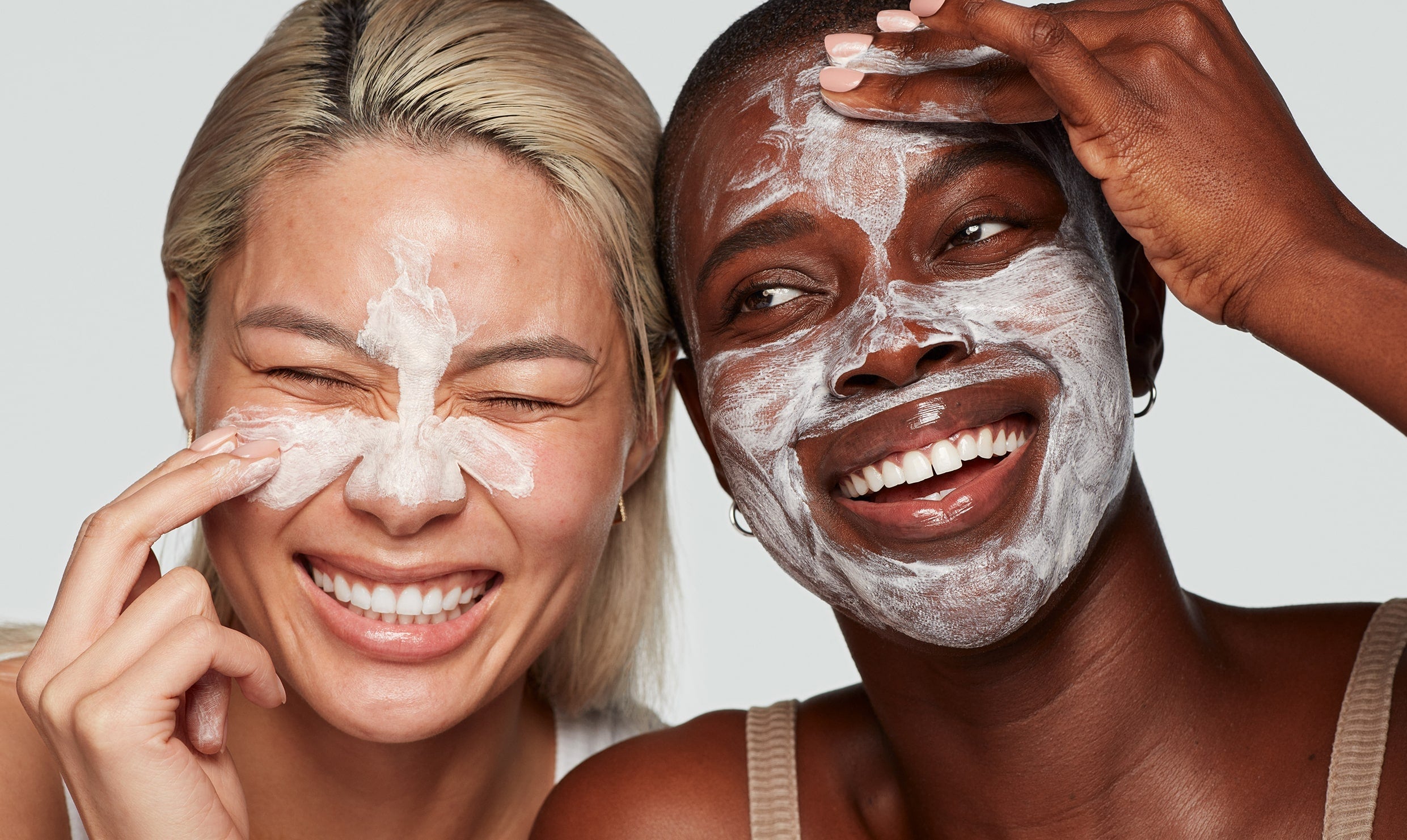
Are you tired of browsing endless sunscreen aisles, confused by the different terminologies and claims? You’re not alone. Most people tend to choose their sunscreens based on marketing buzzwords and not the actual performance of the product. As someone who has extensively studied skin care products around the world, I’m here to set the record straight about the vivid contrast between Korean and American sunscreens, so you can make an informed decision. This is your sun protection guide.
Why Understanding the Differences Between Sunscreens is Crucial to Your Skin Health
First of all, sunscreen isn’t just a summer adventure; It is a lifelong commitment to the health of your skin. The sun’s ultraviolet rays are known to cause skin cancer, premature aging, and many other problems. While sunscreen use has become more common, differences in formulations between countries remain less understood. Here’s the kicker: American sunscreen is like a grayscale TV in a 4K Ultra HD world, especially compared to its Korean counterparts.
South Korea has led the beauty industry for decades and is known for its revolutionary innovations, especially in the field of sunscreens. This topic is particularly relevant given that the US FDA has not approved any new UV filters since 1999, while K-beauty is continually innovating. Not keeping up with these trends could mean missing out on better skin protection and comfort.
What makes Korean and American sunscreen different?
1. The Ingredients:
In the United States, the Food and Drug Administration (FDA) plays a key role in regulating sunscreen ingredients. The FDA classifies the active ingredients in sunscreens as over-the-counter (OTC) medications. This means that for a new UV filter to be approved, it must go through rigorous testing and demonstrate not only its effectiveness but also its safety for public use. The capture? No new UV filter has received FDA approval since 1999.
What does this mean for consumers? Simply put, your options are limited to formulations based on older technology. Using these outdated UV filters often results in sunscreens with thicker, oilier textures. Not only can these formulas be unpleasant, but they can also cause problems like clogged pores, acne, and skin irritation. Imagine putting on a heavy layer of sunscreen that makes your skin feel like it can’t breathe. That’s a common complaint among American sunscreen users.
The innovation of Korean UV filters
On the other hand, South Korean sunscreens are a testament to how far sun protection technology can go when regulations are agile and receptive to innovation. In South Korea, the cosmetic industry is full of research and development, constantly introducing UV filters that provide broad-spectrum protection while focusing on cosmetic elegance.
“Cosmetic elegance” is not just a buzzword. It refers to the sensory experience of using the product: how it feels, spreads and absorbs into the skin. Korean sunscreens often feel like a second skin: lightweight, lint-free, and ultra-soft. They’re designed to be worn comfortably all day, making reapplying them less of a chore and more of a pleasure. These sunscreens often use newer chemical filters that are not only more effective but also gentle on the skin.
User experience: a comparison
If you were to compare a typical American sunscreen to a Korean one, the difference in user experience would be night and day. Imagine applying a Korean sunscreen and forgetting you’re using it: no white cast, no greasy finish, and no heavy feeling. Now let’s compare this to the all-too-familiar experience of an American sunscreen that leaves you glowing like a greased turkey, constantly aware of the thick layer deposited on your face.
The difference in user experience can also have a significant impact on compliance. If your sunscreen feels good on your skin, you’re more likely to reapply it as needed and get the sun protection you need.
So, if you’re looking for a sunscreen that will not only protect but also pamper your skin, you may want to look beyond the usual suspects on U.S. drugstore shelves. Consider entering the world of K -beauty, where sunscreens are not just a shield but an extension of your skincare routine.
2. Types of UV rays
In the United States, the term you will most often encounter when purchasing sunscreen is SPF, which stands for Sun Protection Factor. The SPF rating primarily indicates the level of protection the product offers against UVB rays. UVB rays are what can cause skin burns and are an important factor in the development of skin cancer. SPF ratings range from 15 to 100 or higher, giving you a broad idea of how well the product will protect you from sunburn.
However, this singular focus on UVB protection presents an incomplete picture. While preventing sunburn is essential, UVB rays are not the only type of ultraviolet radiation you need to worry about. That’s where UVA rays come into play. UVA rays may not burn, but they penetrate deeper into the skin and are responsible for accelerated aging and may contribute to skin cancer.
The K-Beauty Approach: UVB and UVA
Korean sunscreens go beyond SPF ratings to give you a more complete understanding of the protection they offer. In addition to SPF, they often use the PA system, which stands for “UVA Protection Grade.” This is usually followed by plus (+) symbols ranging from one to four (PA+ to PA++++). The more symbols, the higher the level of UVA protection.
What does UVA protection mean to you? UVA rays penetrate the skin more deeply than UVB rays and affect the elastin and collagen fibers in the skin. Over time, this can lead to the formation of wrinkles, fine lines, and sagging skin. Additionally, exposure to UVA rays can cause dark spots and pigmentation. Therefore, when you see a Korean sunscreen labeled with high PA ratings, it indicates a well-rounded product that protects against both immediate dangers (burn) and long-term damage (aging and pigmentation).
Why are both scales important?
The dual focus on SPF and PA ratings in Korean sunscreens offers a more holistic approach to sun protection. Recognize that while preventing sunburn is crucial, it’s only part of the story. A complete sunscreen should also protect against the more insidious, long-term damage caused by UVA rays.
You may be wondering why the public address system is not as common in the United States. The reason is largely due to regulations. The FDA has not yet adopted the PA classification system, although some forward-thinking American brands have begun to incorporate it into their labeling.
Food to go
Understanding SPF and PA ratings will allow you to make better decisions for your skin health. While SPF is an essential part of sun protection, it shouldn’t be your only consideration. If you’re concerned about aging, pigmentation, or overall skin health, Korean sunscreens with high PA ratings offer a more comprehensive solution.
Examples:
Fun fact
While we’re on the topic, here’s something fun: Have you ever noticed how some sunscreens can make you look like a ghost? This is often due to a white ingredient called zinc oxide that is commonly found in American sunscreens. By contrast, Korean sunscreens tend to avoid this, focusing on a more “see-through” experience.
Take Action: Your Personalized Path to Superior Sun Protection
If you’re interested in going deeper, I offer an in-depth skincare consultation service that can help you find products perfectly suited to your needs. Feel free to explore other resources on my website and consider subscribing to my newsletter.
I hope this guide has been enlightening. If she has any further questions or needs further clarification, please feel free to leave a comment below. Your journey to smarter sun protection starts now. So go ahead, make your choice and enjoy the glory of well-protected skin!










